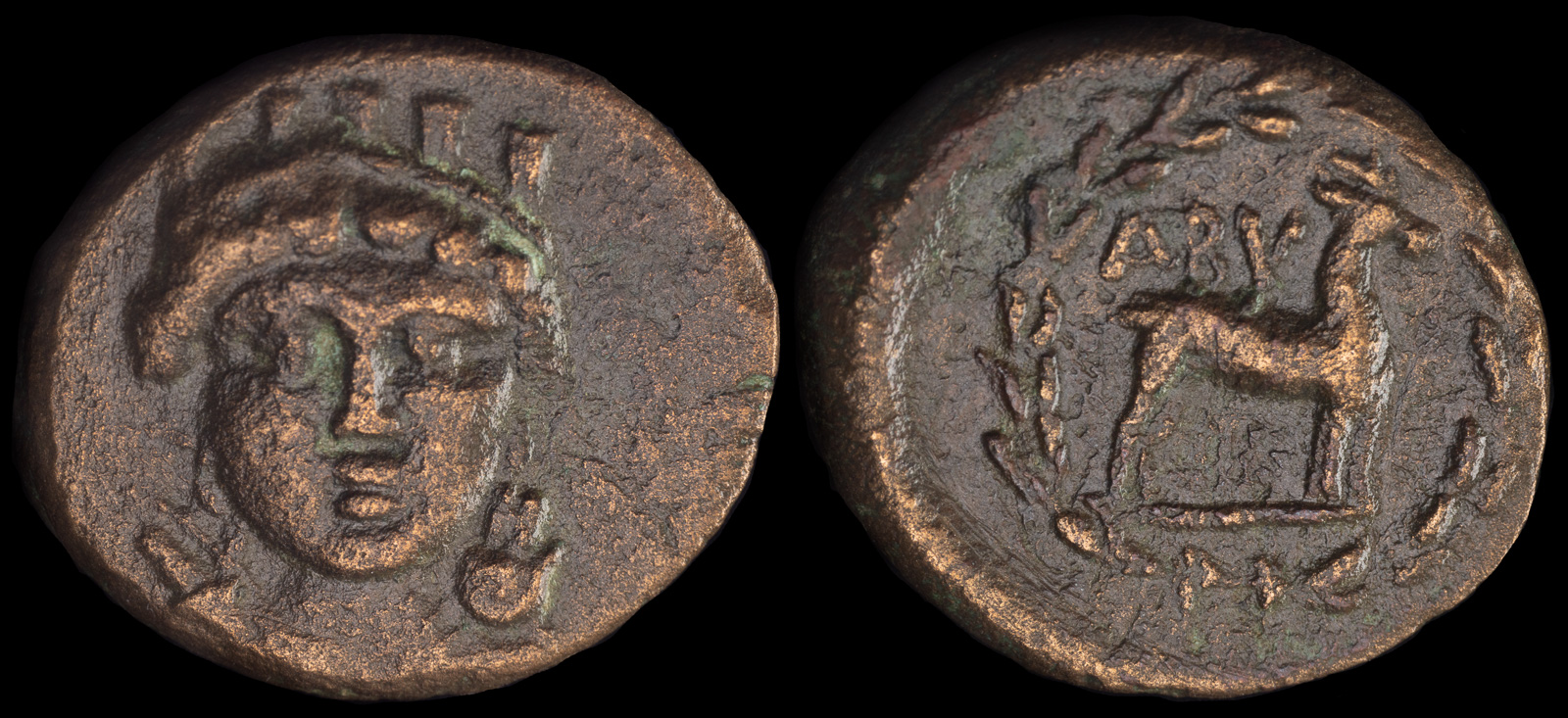Turreted
View All Tags
This hairstyle was a symbol of wealth, status, and sophistication, often seen in high society or aristocratic circles. The complex nature of the turreted hairstyle indicated that the wearer had access to skilled hairdressers and was able to spend considerable time and resources on personal appearance. In some representations, the style was further embellished with hairpins, ribbons, precious metals, and jewelry, making it not just a practical way to wear hair but a form of adornment that reflected the wearer’s importance.
The turreted hairstyle was particularly popular among Athenian women in the 5th and 4th centuries BCE, though it was also seen across other Greek regions. The style was often associated with religious rituals, festivals, and courtly settings where women would wear it for public appearances. It was also a feature of wedding rituals, where brides would often wear this distinctive coiffure to signify their transition into marriage and to express their elevated status within their community.

Abydos, Troas 3rd century BCE
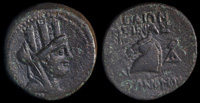
Aigai, Cilicia 164-27 BCE

Akmoneia, Phrygia 2nd-1st centuries BCE
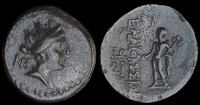
Elaiussa Sebaste, Cilicia 1st century BCE

Ephesos, Ionia 375-325 BCE
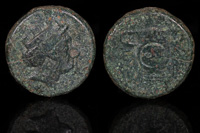
Hebryzelmis 389-383 BCE
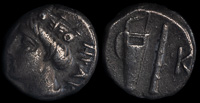
Klearchos 364-352 BCE
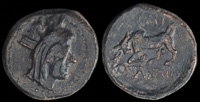
Konana, Pisidia 1st Century BCE
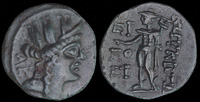
Korykos, Cilicia 1st century BCE
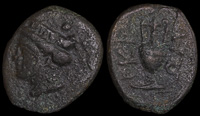
Kromna, Paphlagonia 330-300 BCE
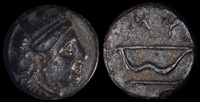
Lesbos, Mytilene 3rd century BCE

Magnus Maximus 383-388 CE
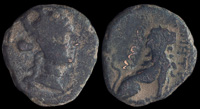
Pessinos, Galatia ca 20 BCE
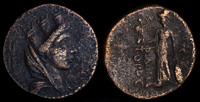
Philopator 20 BCE – 17 CE
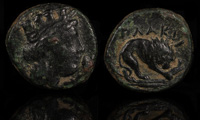
Plakia, Mysia 4th century BCE

Pnytagoras of Salamis 351-323 BCE
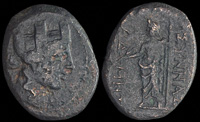
Synnada, Phrygia 2nd-1st centuries BCE
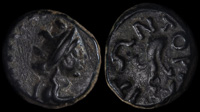
Toriaion, Lycia 3rd-2nd century BCE
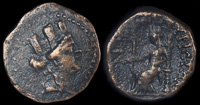
Zephyrion, Cilicia 100-0 BCE
